Skin cancer is the most common type of cancer in the US and most treatable as well. More people are diagnosed with skin cancer each year than all the cancers combined such as breasts, lung, prostate, and colon cancers.
Here are some of the facts, one should know about skin cancer for its detection, prevention, and treatment.
Know the Type of Skin Cancer
One of the most important facts known about skin cancer is that it is divided into two main categories:
- Melanoma
- Non-melanoma
Melanoma
Melanoma is a less common but more dangerous type of cancer. It develops in the skin cells that are responsible for the creation of moles. It looks like a harmless mole when it first occurs. What makes melanoma so serious and dangerous is that it is more likely to spread or metastasize to other body parts. The first signs you need to be cautious of, maybe a mole that changes appearance has an irregular shape, bleeds, or has different shades of color.
It can occur anywhere on your body such as the scalp, eyes, mouth, feet, and other areas that are not exposed to the sunlight. Hidden melanoma is more common in darker skin people.
Non-melanoma
The most common non-melanoma skin cancer types are:
- Basal Cell Carcinoma
Accounts for 80% of all cases of non-melanoma skin cancer, basal cell carcinoma (BCC) develops commonly on skin exposed to the sun with head, nose, and neck being the most common sites. It varies in appearance but often is developed as a raised bump with smooth surface giving the pearl-like appearance, or as a firm flat scar. Although it rarely metastasizes or spread to other body parts, it causes extreme damage to the local area and surrounding tissues.
If left unchecked and untreated, it continues to grow large in size, so more of that needs to be removed resulting in repairing of the bigger reconstruction area. Although it is not deadly cancer, it occurs generally in a cosmetically sensitive area that is the face.
- Squamous cell carcinoma
SCC commonly develops on the head and neck. This non-melanoma cancer may appear as a raised rough or scaly area on the skin. It has more tendency than BCC to spread to lymph nodes and other distant areas of your body.
The rate of skin cancer has been on the rise from the past few decades reflecting the changes in the lifestyle of the people.

Image Designed by Freepik
Know the Risk Factors of Skin Cancer
No one can be guaranteed protection from developing skin cancer. However, there are several factors that increase the likelihood that you may develop it in your lifetime.
Hereditary factor
As is the case in most types of cancer, a history of skin cancer in your family increases your chance of developing the disease. Skin cancer in any of your family members shows that a defective or mutated gene has been running in your clan.
Your Skin Type
In your risk for skin cancer, your skin type is the major factor. Having red or blond hair, green or blue eyes, or light-colored skin makes you more prone to this disease.
Moles
If you have several moles on your body, this may increase your risk of skin cancer. Dysplastic nevi or atypical moles, however, carry a particularly high risk. Such moles are irregular in shape with indistinct borders and are larger in size than the normal ones.
Actinic Keratoses
These are the type of precancerous changes your skin undergoes. Actinic keratoses appear as rough scaly patches on the sling or peeling and cracked area on the lower lip. They are also known as solar keratoses as it is linked with sun exposure. If left untreated some actinic keratoses will develop into Squamous cell carcinoma.
Immune suppression
People who are immunocompromised or immunosuppressed, have a weakened immune system. Such patients have a reduced ability to fight diseases and infections. This may be caused by certain conditions such as AIDS, diabetes, and patients undergoing organ transplantation, which are more prone to developing skin cancer.
Sun Exposure
When it comes to skin cancer, a major risk is prolonged exposure to UV rays present in sunlight. About 86% of melanomas and 90% of non-melanoma skin cancer are linked to exposure to harmful ultraviolet radiation from sunlight. The UV rays that reach earth include both UVA rays (penetrate upper skin layers of skin causing sunburns) and UVB radiations (penetrate to the deeper skin layers causing allergic reactions). Exposure to the ultraviolet rays is highest at places closer to the equator, high altitudes, and when the sun is at the peak in the sky.
Tanning Beds
These therapies involve exposure to ultraviolet radiation as well. Any kind of exposure to UV rays either directly from the sun or artificial sources like sunlamps which are used in tanning beds may elevate the risk of skin cancer.
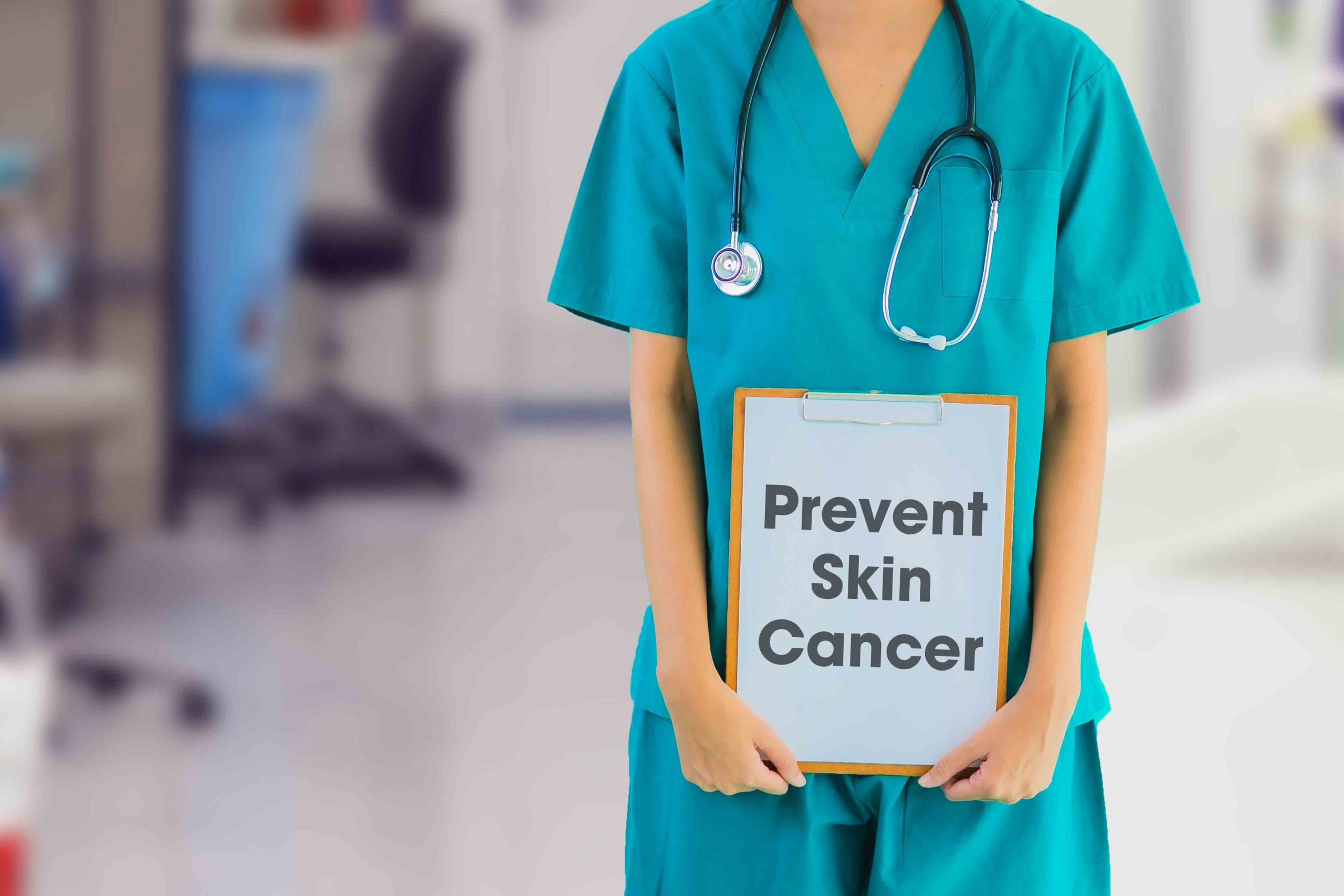
Know the Ways to Prevent Cancer
Exposure to the sun contributes to both melanoma and non-melanoma skin cancer. Sun protection is considered to be the most important aspect of preventing skin cancer. However, you can’t avoid the sun completely, so here are some tips to protect yourself:
Slather on Broad-Spectrum Sunscreen
Regardless of what time of the day it is, always apply sunscreen to all exposed parts of your skin. Use a sunscreen cream with a 30 SPF (sun protection factor) or above. Your skin needs some to absorb the sunscreen, so apply it at least half an hour before you go out. Do not forget to re-apply another layer of sunscreen every two hours. In case you are sweating profusely or swimming, you may need to apply more frequently.
Avoid Sun at its Peak
Avoid sun exposure when the effect of UVA and UVB rays are strongest. This sun is at its peak between 10 a.m. and 4 p.m. Avoid going out in the sun between these hours. If you have to go outside during the strongest hours of sun, then try to stay in the shade as much as possible. Moreover, sunscreen is more likely to wear off from your face if you are sweating. So wear a wide-brimmed hat to protect your face, ears, neck, and back.
Protect Your Eyes
Melanoma can occur anywhere on your body including the eyes. So, even your eyes need protection. Wear sunglasses that block 100% of UVA and UVB light. Sunshades help in protecting your sensitive eyes and the surrounding delicate skin around them.
These sun-protective measures, however, are not licensed to stay in the sun for long hours. Avoid going out in the sun as much as possible. Do what you need to do and return inside until the sun falls in the sky.
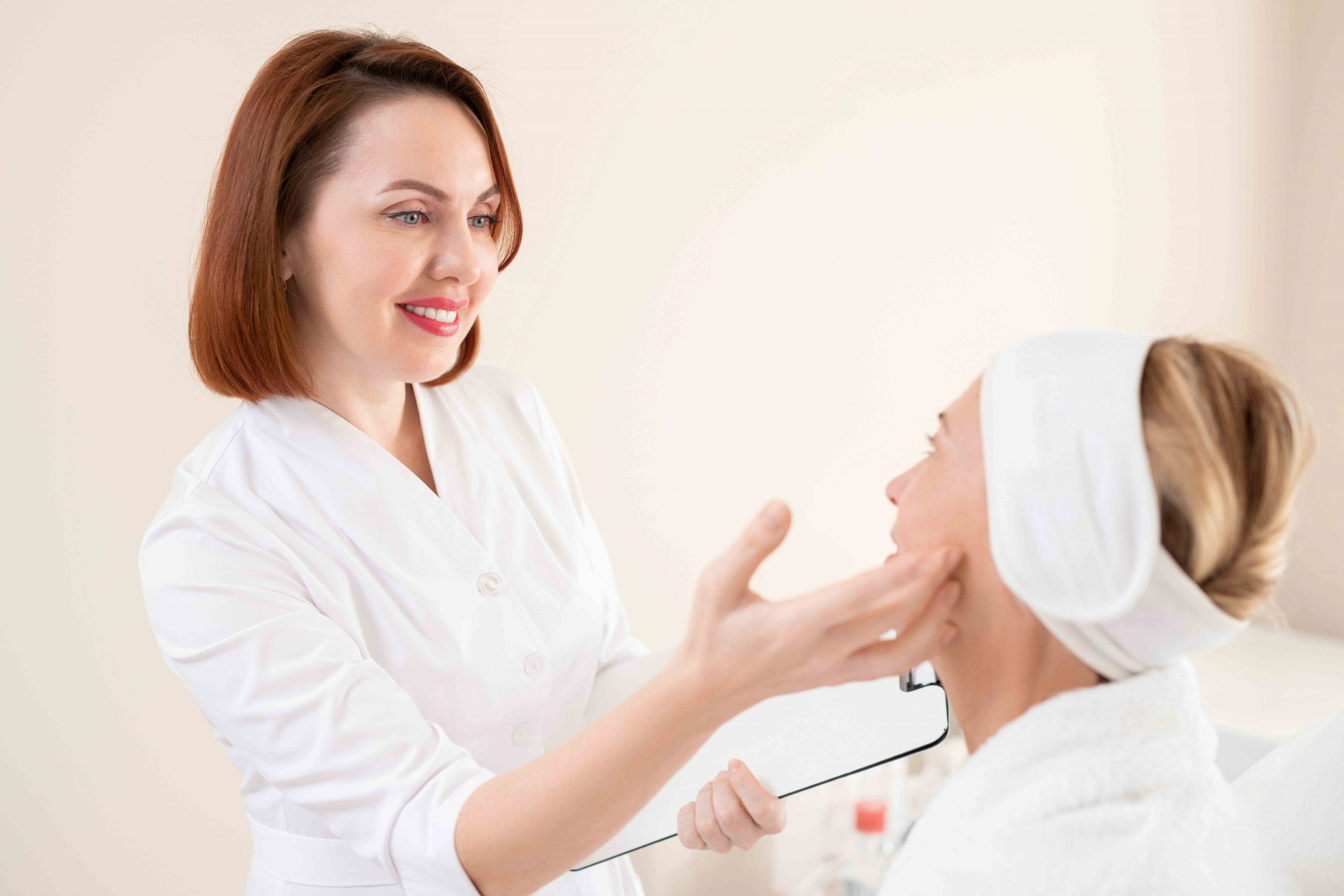
Regular Skin Checks are Key
The most important factor to save you from the severity of skin cancer is regular skin checkups. Regular examination of the skin may help and your dermatologist to identify the suspicious spots. They can be removed immediately as you find them, or your skin cancer specialist may suggest you keep a keen eye on changes.
While skin examinations will not prevent skin cancer from happening, it can help in detecting it at an early stage when it is more likely to be treated easily.
If you are interested in the baseline skin exam, let us help you with regular checkups. Schedule an appointment for a visit at our Lansing or Mount Pleasant dermatology office, whichever is convenient for you.
Disclaimer
The information contained on safehealthcenter.com is for informational and educational purposes only and should not be relied upon for any medical or diagnostic purpose, or for the treatment of any condition or symptom. This information is subject to change without notice and should not be considered current, complete, or exhaustive. You should refrain from relying on such information to recommend a course of treatment for you or any other individual without consulting our experts.

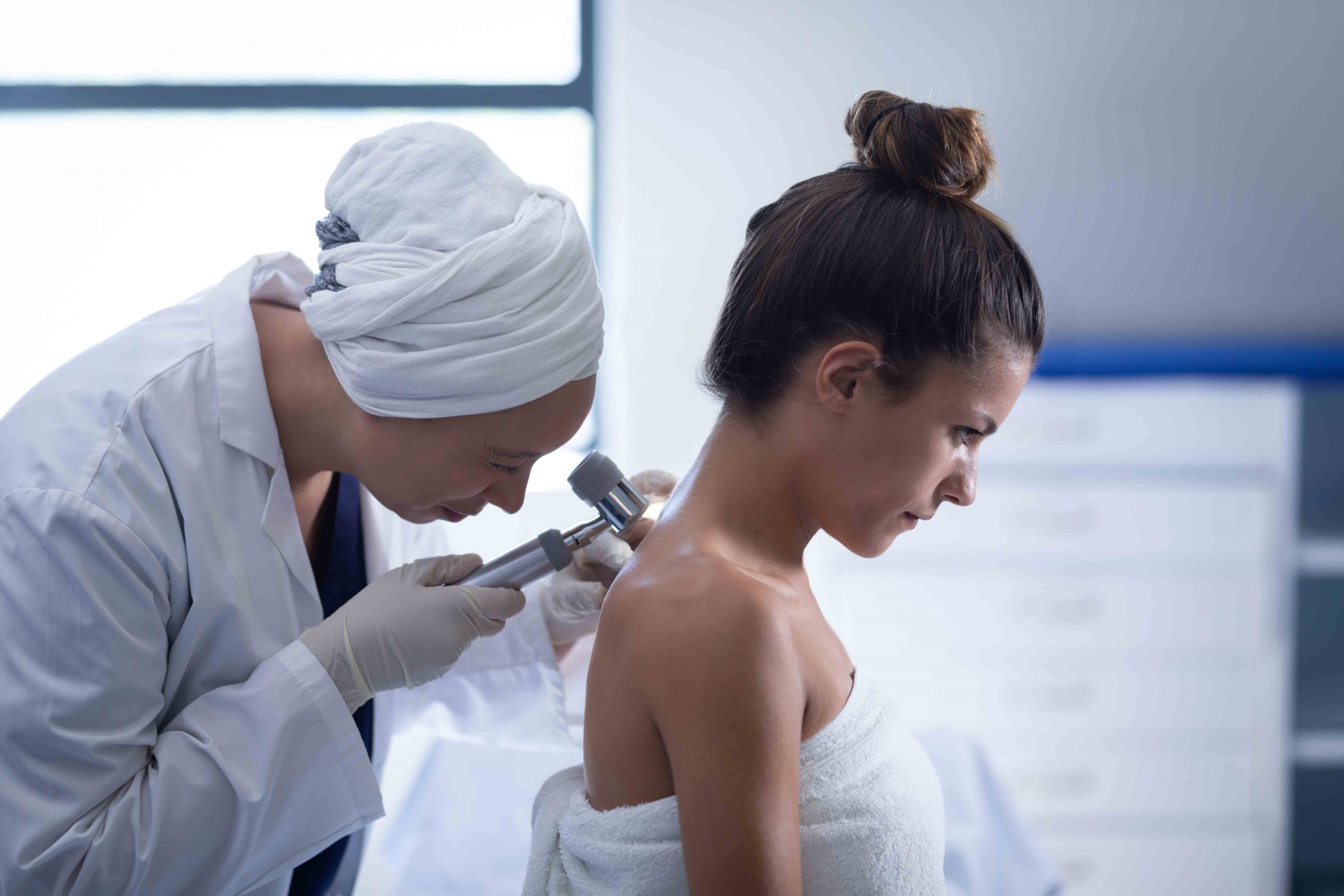
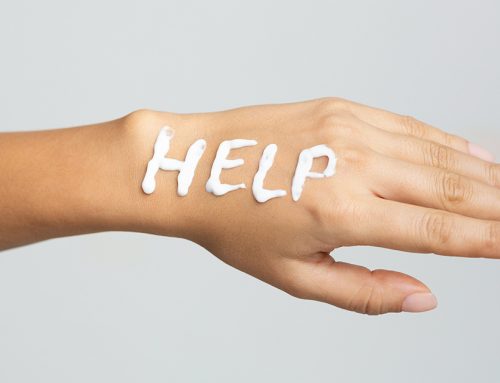

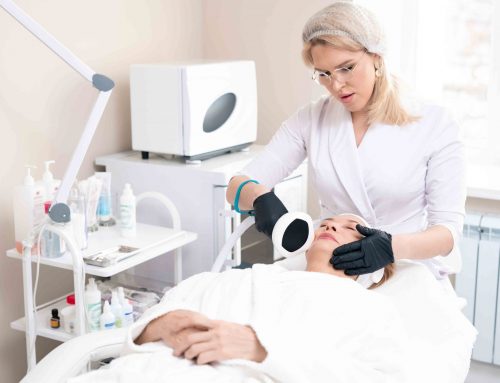
Leave A Comment